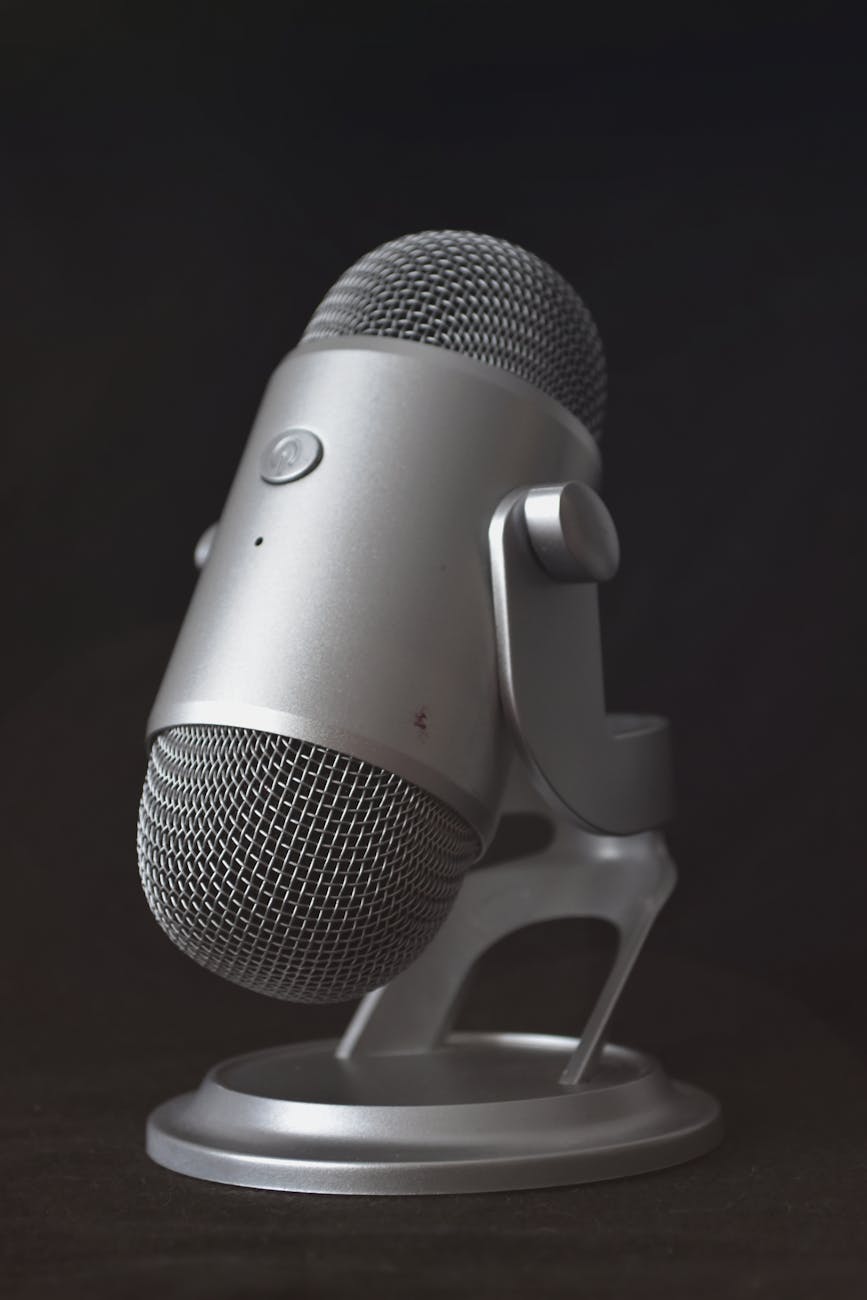They don’t even make this anymore (heck Minolta became Minolta-Konica and then I think Sony bought them). But it is still a good 35mm film scanner. As I get nostalgic, I’ve reinvigorated the desire to index all those old photos my Dad and I have taken. Here are some operating notes:
Firewire vs USB 2.0
This thing has an old Firewire 400 connection and it does seem to work well on an old iMac 2009 even with Yosemite. Speed-wise, theoretically USB 2.0 is 480 MBps vs 400 MBps but in the real world it is nice to have a separate Firewire hub and not have it on the USB 2.0 bus. It’s in reality just a bit faster as well, but mainly seems to make the iMac more responsive. I suspect because the interrupt load is lower on Firewire.
Vuescan
This trusty piece of software still allows scanning with the DiMAGE with infrared support for getting rid of scratches. The main thing that is different now is the multiple samples seems to require complete new scans. The older versions were much faster.
- Multiple Samples. But if you do four scans, it is four times longer, so beware.
-
Resolution. One big question is what resolution to scan. Film is analog, so there is no specific resolution (see Ken Rockwell) but http://pic.templetons.com/brad/photo/pixels.htmlBrad points out that says that 7000 pixels across a 35mm image (24x35mm is the aspect) is pretty amazing and at the top of resolutions so with this system that can do 5400dpi, that’s pretty close to the highest possible resolution. Of course that’s with good film, ideal lense and so forth. The average instamatic is more like 4000 dpi
-
Autoskew. Some of the guide recommend turning this off as it is done digitally
- Multiple Exposure. This is done in the scanner, but basically uses two light levels so you get more dynamic range out of your slide.
- Grain Dissolver and ICE. The Dimage has an internal scratch remover called ICE and Vuescan has it’s own scratch remover. To use ICE, you need to turn on grain dissolver. That’s a fancy name for a light diffuser that make grains in the film less obvious.
- Grain Reduction. There are bunch of post processing things that Vuescan does that are probably better done in Photoshop including restoring colors, fading, grain reduction and shapening. I sometime use these though for photos I’m not going to take the time on.
- White Balance. You can also adjust this, but sometimes for the quick and dirty I right click in the Color tab on something white to get rid of balance issues.
- Number of Samples. This is an attempt to reduce the noise of the scanner itself. The main problem is registration. That is there is wiggle in the mechanical mechanism so this might actually cause more blur not less. It does work with film scanners. Experimentally, this Dimage does multiple passes with 4 samples, so I’m going to try fewer samples but just listening to it, it looks like multiple exposure works in a single pass but multiple samples requires multiple passes.
Markdown
As an aside, I’ve started to use the Jetpack Markdown in Scribefire. It’s confusing as there are two levels of support:
- You access Markdown directly in Scribefire (which isn’t well documented) in the Edit Code section where it appears to interpret Markdown itself but not Markdown Extra, so it doesn’t handle code sections for instance and does immediate conversion to HTML in Scribefire itself. This is nice in that it means that you don’t have to rely on a plug-in at the WordPress server level.
- You can use Markdown extra in WordPress by editing the Edit Visually section, this passes markdown up to the server which then interprets it.
- There are some strange interaction here, for instance, you can’t do a link within Scribefire using server Markdown because Scribefire interprets URLs and adds the link directly, so it’s best to use their link button instead.
So for instance, to get the code block you have to pass that up directly, so most of the time you want to Edit Visually in Scribefire
Here's a code block





